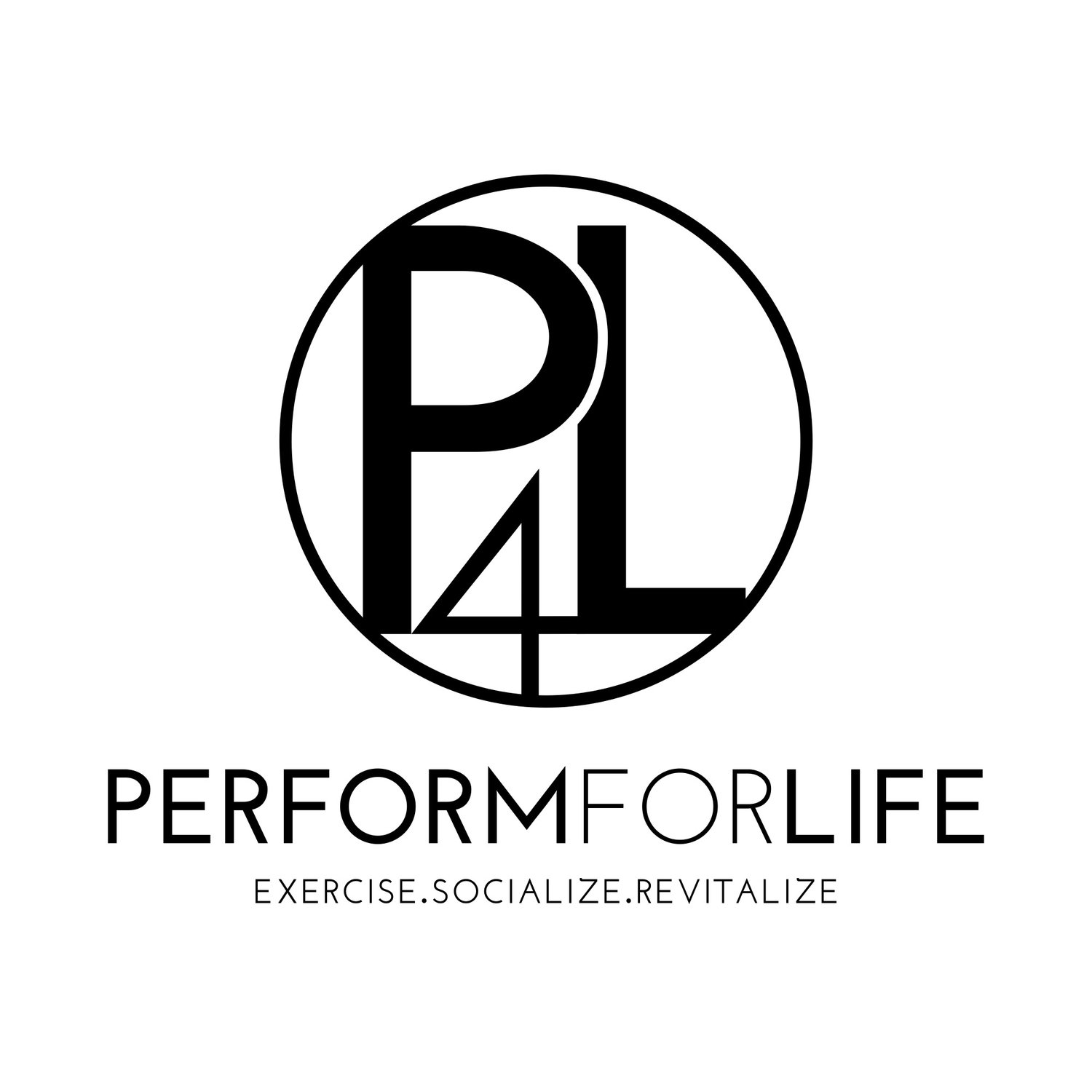Resistance Training and Running Performance
For many people, aerobic running (long-distance running) is the preferred choice of exercise over weight training, which is not a bad thing given the health benefits (Penedo & Dahn, 2005). In fact, research shows that aerobic activity such as running is closely related to good health, increased energy levels, improved mood, and a lower body fat percentage. Additionally, aerobic capacity - your body’s ability to take in and assimilate oxygen into exercising muscle cells in order to synthesize energy - is a strong predictor for mortality (Garber et al., 2011).
In order to obtain the health benefits of aerobic running, performance in this variable must increase. However, there are physiological limiting factors on aerobic performance - in other words, there are reasons why running performance is limited. It’s important to understand these physiological limiting factors so that we can focus on improving them in order to increase our performance and obtain health benefits.
So, what are these physiological limiting factors? What are the main reasons that we fatigue when we run? First, aerobic capacity(VO2 max) isn’t high enough. This means that the body cannot sufficiently supply oxygen to working muscles while exercising. This will limit performance because your muscle cells are not creating energy as fast as your body is using it. However, this can be increased by aerobic exercise, so as long as you’re running at high enough intensities, you’re improving your body’s ability to utilize oxygen for energy production.
The second reason is glycogen depletion. This means that the glucose molecules, which are used to create energy, that are used as energy during high intensity exercise are being depleted. However, this more prevalent when running very long distances, such as marathons.
Lastly, and perhaps most important, is what’s called metabolic acidosis. Metabolic acidosis occurs when there’s an accumulation of acidity in the muscles from high-intensity exercise. Have you ever felt a burning sensation in your muscles when you were doing high-intensity exercise? That’s because of the buildup of acids in your muscles.
This increase in acidity interferes with the ability for oxygen to be used by the working muscle cells, denatures enzymes in the muscles, and can interfere with our ability to contract our muscles. This is a huge limitation on our ability to continue aerobic activity past a certain intensity and duration. However, if we can increase our ability to handle this increase in acidity, we’ll be able to tolerate this fatigue more efficiently, allowing for a greater aerobic performance. The body’s ability to adsorb these acids so as to prevent them from causing fatigue is called buffering capacity.
So how do we increase our buffering capacity? The answer is resistance training. For example, completing multiple sets of a leg exercise (squats, leg presses) at moderate intensity (8-12 RM) with limited rest intervals (60-90 seconds), is an effective way to increase buffering capacity. This type of exercise will quickly increase the acidity in the muscle and blood (and to a greater degree than longer distance running), which will force the body to respond and adapt, allowing for a greater buffering capacity to be achieved in the future. This increase in buffering capacity can then be useful in running performance, allowing you to run at higher intensities with delayed onset of muscular fatigue.
The American College of Sport Medicine (ACSM) recommends that an even amount of time be given to aerobic exercise and anaerobic exercise (Garber et al., 2011). The good news is that both types of exercise can help increase the other, allowing for a greater level of physical fitness to be achieved. So, whether you simply jog around the neighborhood to stay healthy or you are training for your next 10k, resistance training can help!
References
1) Garber, C. E., Blissmer, B., Deschenes, M. R., Franklin, B. A., Lamonte, M. J., Lee, I. M., ... & Swain, D. P. (2011). Quantity and quality of exercise for developing and maintaining cardiorespiratory, musculoskeletal, and neuromotor fitness in apparently healthy adults: guidance for prescribing exercise. Medicine & Science in Sports & Exercise, 43(7), 1334-1359.
2) Penedo, F. J., & Dahn, J. R. (2005). Exercise and well-being: a review of mental and physical health benefits associated with physical activity. Current opinion in psychiatry, 18(2), 189-193.

